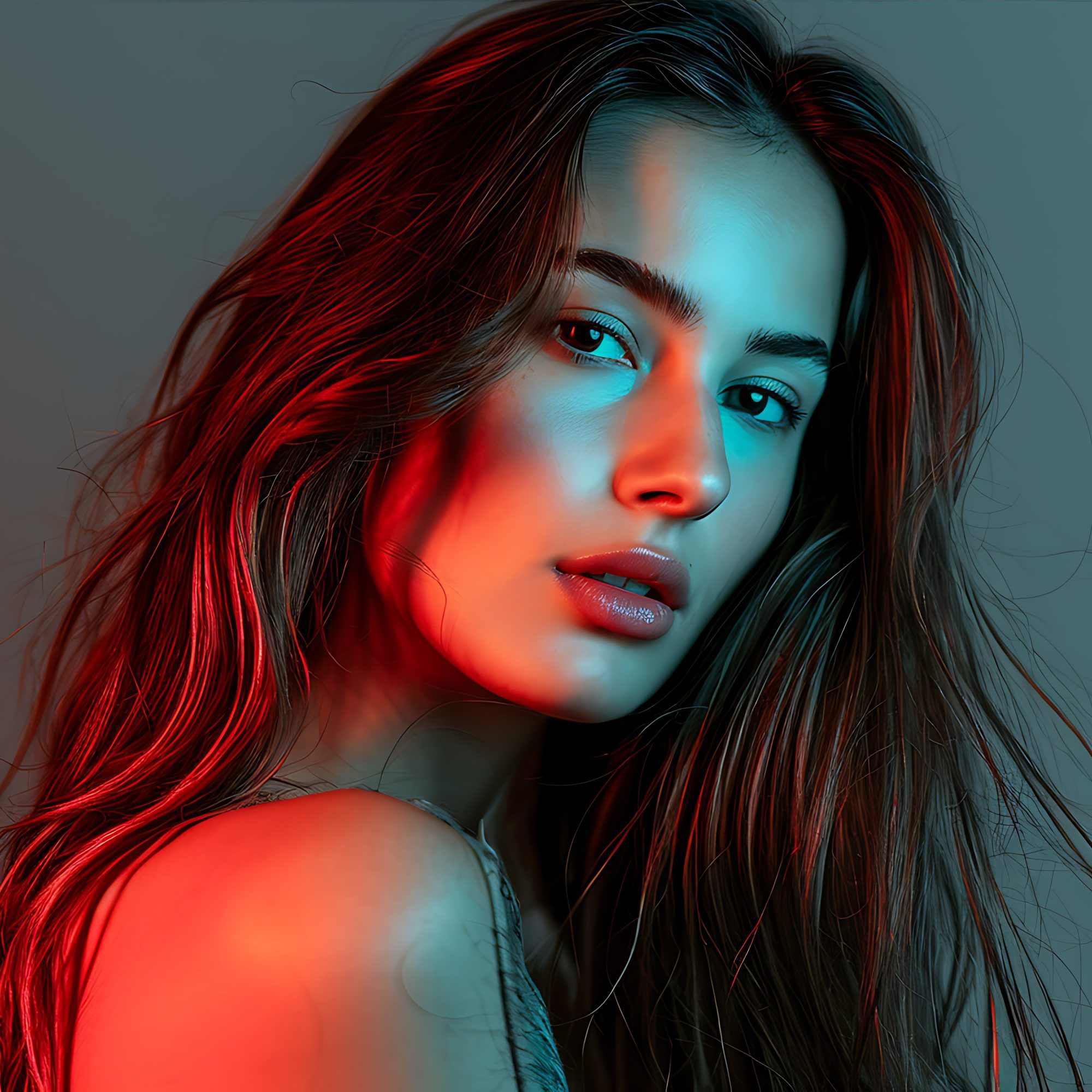Introduction
Ever wondered what makes a portrait truly captivating? It’s not just about the technical aspects, like lighting or composition, but something far more elusive and profoundly human: emotion. A photograph that captures a genuine emotion can speak volumes, telling a story that resonates with the viewer on a personal level.
The Essence of Expressive Portraits
At the heart of expressive portraiture is the ability to reveal the subject’s humanity and authenticity. This genre of photography goes beyond mere physical appearances to uncover the emotions and inner experiences of the person in front of the lens. It’s about creating a connection between the subject and the viewer, making each portrait a unique piece of art.
Expressive portraits often emerge from a deep understanding and empathy towards the subject. This involves more than just technical skill; it’s about the photographer’s ability to engage with the person, establishing a rapport that allows for genuine expressions to surface. Whether it’s a look of contemplation, a burst of laughter, or a moment of vulnerability, these are the instants that give life to a portrait.
Techniques for Capturing Emotion
Creating an emotional portrait is not about directing every pose but rather about capturing moments as they naturally unfold. Some of the most powerful techniques include:
- Using natural light to evoke a certain mood or atmosphere.
- Engaging in conversation with the subject to elicit natural expressions.
- Choosing environments or contexts that have personal significance to the subject.
Just like in wildlife photography, where the essence of the animal is captured in its natural habitat, expressive portraiture seeks to showcase the subject in their most authentic state.
Embracing the Unpredictable
One of the most exhilarating aspects of shooting expressive portraits is the unpredictability. Unlike staged or heavily directed photo shoots, expressive portraiture thrives on spontaneity. It’s about being ready to capture the essence of a fleeting moment, whether it’s a tear rolling down a cheek or a sudden, joyous smile. The magic lies in the unexpected, in those raw, unguarded moments that reveal the depth of human emotion.
The Impact of Post-Processing
While the soul of expressive portraiture is captured during the shoot, post-processing plays a crucial role in enhancing the emotional tone of the image. The choice of color grading, contrast, and even cropping can dramatically affect how the viewer perceives the emotion in the portrait. A subtle adjustment in the shadows might deepen the sense of mystery or longing, while a slight desaturation could evoke a feeling of nostalgia or timeless elegance.
However, it’s vital to approach post-processing with a light hand. The goal is to amplify the emotion already present in the image, not to overshadow it with heavy-handed edits. Keeping the edits minimal ensures that the authenticity of the moment and the genuine expression of the subject remain at the forefront.
Conclusion
Expressive portraiture is a journey into the heart of human emotion, a celebration of the stories etched on our faces and in our eyes. It’s about capturing the essence of who we are, in all our complexity and vulnerability. Whether you’re a seasoned photographer or just beginning to explore this captivating genre, remember that the key to creating impactful expressive portraits lies in your ability to connect, empathize, and capture the fleeting moments that speak volumes.
So, what story will your next portrait tell? Are you ready to delve into the art of capturing emotions and bring to light the untold stories that await?


0 Comment